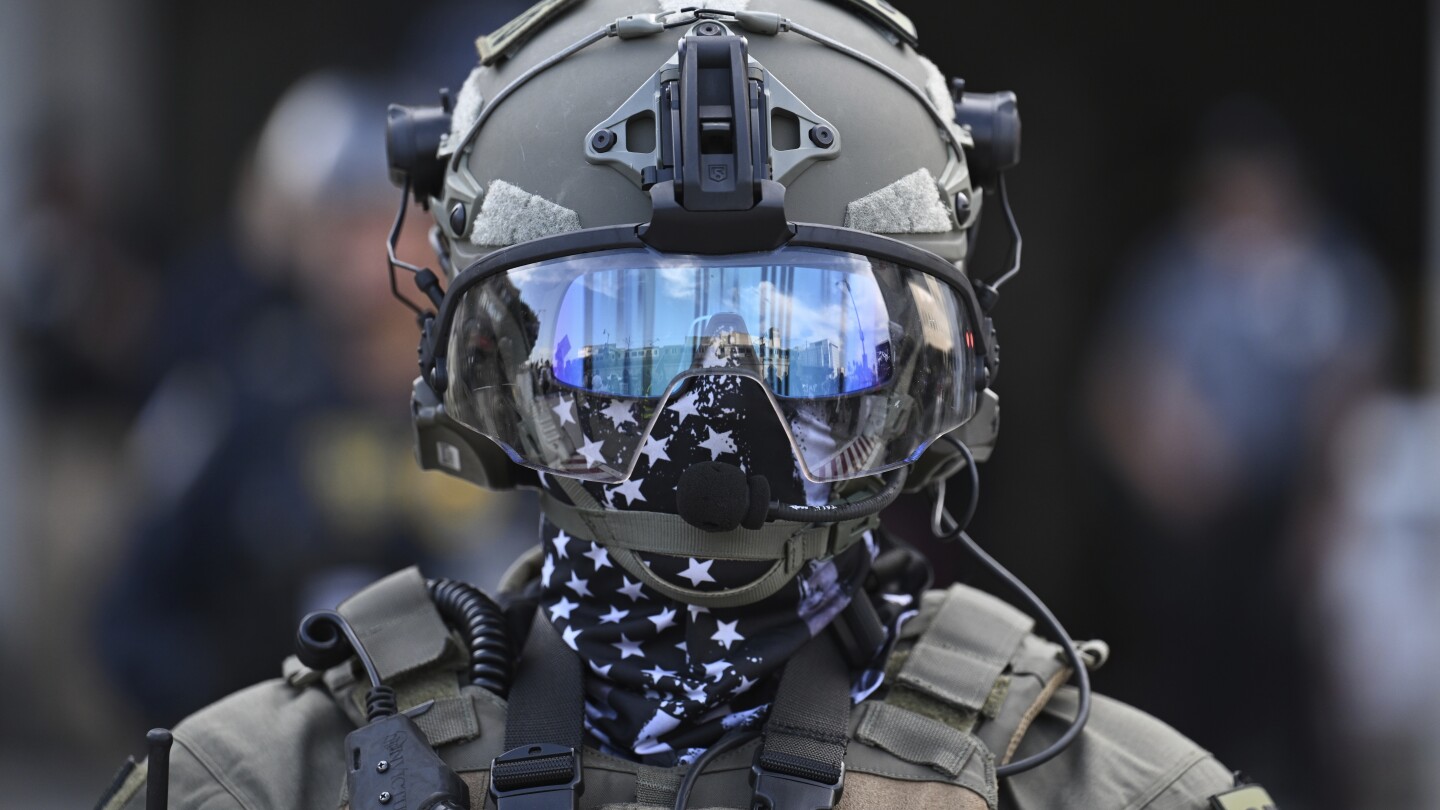Law Enforcement Policies
This Policies section highlights how law enforcement policy plays out in the real world, while also connecting you with best practices for drafting, updating and ensuring accountability with policies.
AI, cyber threats and shifting public expectations are already reshaping the job; agencies that adapt now will define tomorrow’s policing
Comments from respondents to Police1’s sexual harassment survey reveal how leadership, HR practices and agency culture shape women’s experiences in law enforcement
More than three-quarters of respondents experienced workplace sexual harassment, highlighting persistent cultural and leadership challenges in policing
U.S. District Judge Rebecca Grady Jennings said Brett Hankison “failed to demonstrate a substantial question of law or fact material to his appeal justifying bond”
“I am inclined to terminate the consent decree,” U.S. District Court Judge Madeline Cox Arleo said, noting that she will allow for two weeks of public input before making a final decision
Garry Chapman, the son of Dog the Bounty Hunter, was terminated from the Priceville Police Department for allegedly violating pursuit procedures
In a change from the powder blue uniforms currently in use, the agency said the swap will “reinforce professionalism, authority and familiarity”
The 10th Circuit upheld a drug and gun conviction, ruling officers lawfully impounded a vehicle and conducted an inventory search
The 6th Circuit upheld a man’s carjacking conviction, ruling a police photo lineup was not unduly suggestive
In a statement, DHS called California’s No Secret Police Act“unconstitutional” and said it puts federal immigration officers at risk
The law bans officers, including immigration agents, from wearing ski masks, neck gaiters or other facial coverings, with exceptions for undercover or medical purposes
A new study challenges the assumption that making police body-worn cameras more visible reduces use of force
The court ruled that Lexington’s ban contradicted a state law that sets out specific circumstances in which no-knock warrants are allowed
How law enforcement can assist before the arrival of EMS
Representatives for the U.S. Department of Homeland Security defend the face coverings, arguing that identifying officers subjects to them to retaliation and violence
After a Galveston officer’s near drowning, the police union criticized EMS. The case shows how protocol and police urgency can clash — and why trust matters
“Let’s do some due diligence and see if we can’t tighten things to presumably prevent loss of life and harm down the road,” Sen. Arthur Orr, R-Decatur, said
Just as officers have go-bags with essential gear, a family go bag contains the essential skills to create a successful home life
The difference between a lawful seizure and unconstitutional conduct often hinges on how courts view an officer’s intent in high-risk vehicle encounters
Drawing on baseball’s 17-inch rule, Chief Sam DiGiovanna delivers a powerful message about consistency and standards in public safety organizations
From immigration crackdowns to federal control of city police, President Trump’s first six months have reshaped law enforcement — are they helping officers do their jobs?
The Dallas Police Department announced the change on social media, sharing photos of its Love Field Airport Unit wearing the newly approved headgear
“It’s not a mask, it is just simply a face covering, which is for our ... tactical teams because they do some dangerous stuff sometimes,” Iredell County Sheriff Darren Campbell said
The 9th Circuit upheld a warrantless search of a man on supervised release, emphasizing probable cause based on residence
A surge in court-related pay for traffic officers helped drive the 26% increase in overtime spending over the 2025 fiscal year
Juvenile Offenders
Parents of minors who commit crimes or public disturbances could face up to 90 days in jail under the newly enacted Gloucester Township ordinance
Meet Deputy Chief James Beyer of the Irving (Texas) Police Department, who brings a humanistic, solutions-driven approach to policy, personnel and long-term planning
The Minnesota Bureau of Criminal Apprehension report shows a statewide drop from 89 requests in 2023 to just 19 in 2024
AI tools like ChatGPT are reshaping law enforcement, but without clear policies, departments risk ethical, legal and operational missteps
“At this time, I believe this is the right step to avoid contributing further to public fear or uncertainty,” Kalamazoo Department of Public Safety Chief David Boysen said
The Immigration Enforcement Identification Safety Act would mandate that any officer conducting immigration enforcement display their names and agency affiliations
Trump administration officials say this practice is needed to safeguard ICE officers and their families from being harassed or threatened in public and online
ICE officials have defended the practice of officers wearing masks, saying immigration agents have faced harassment as they have gone about their enforcement
MOST POPULAR
- N.Y. police department adopts program cementing partnership with ICE
- ‘You got some pants on, officer?’: Video of Detroit cop’s virtual court appearance goes viral
- From burnout to rejuvenation: How a Minnesota PD’s sabbatical program is transforming officer wellness
- Baltimore County PD to enforce ‘light duty’ policy that could force wounded officers to change roles, retire
- Chief’s Corner: Why leaders should let cops lift on the clock

































